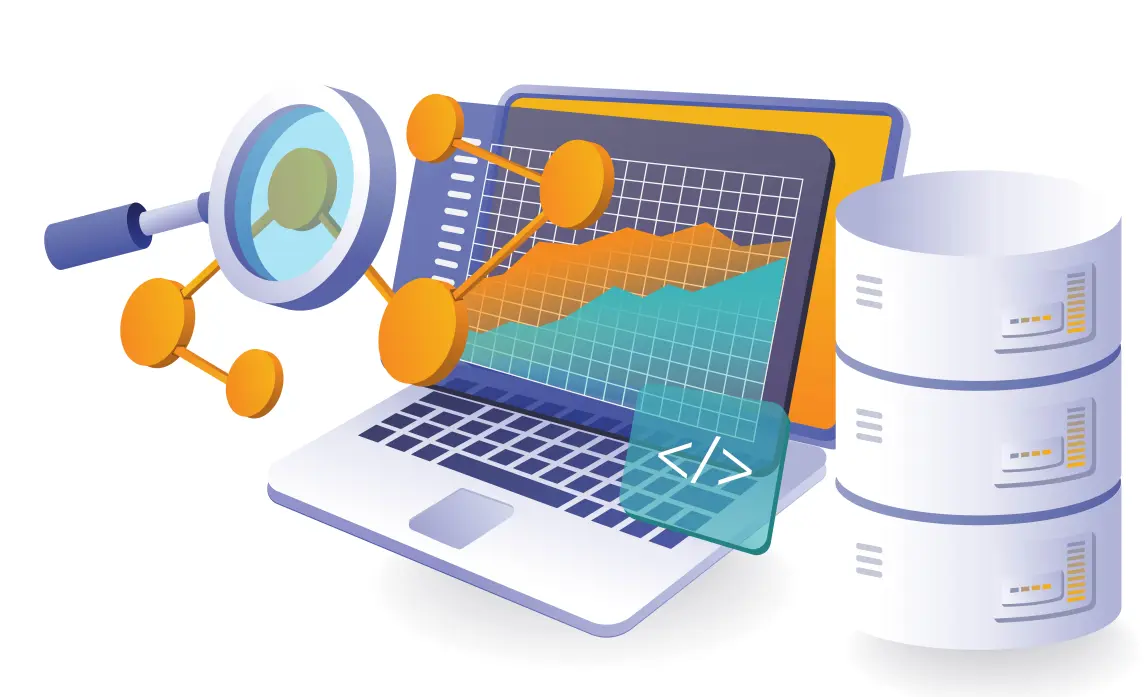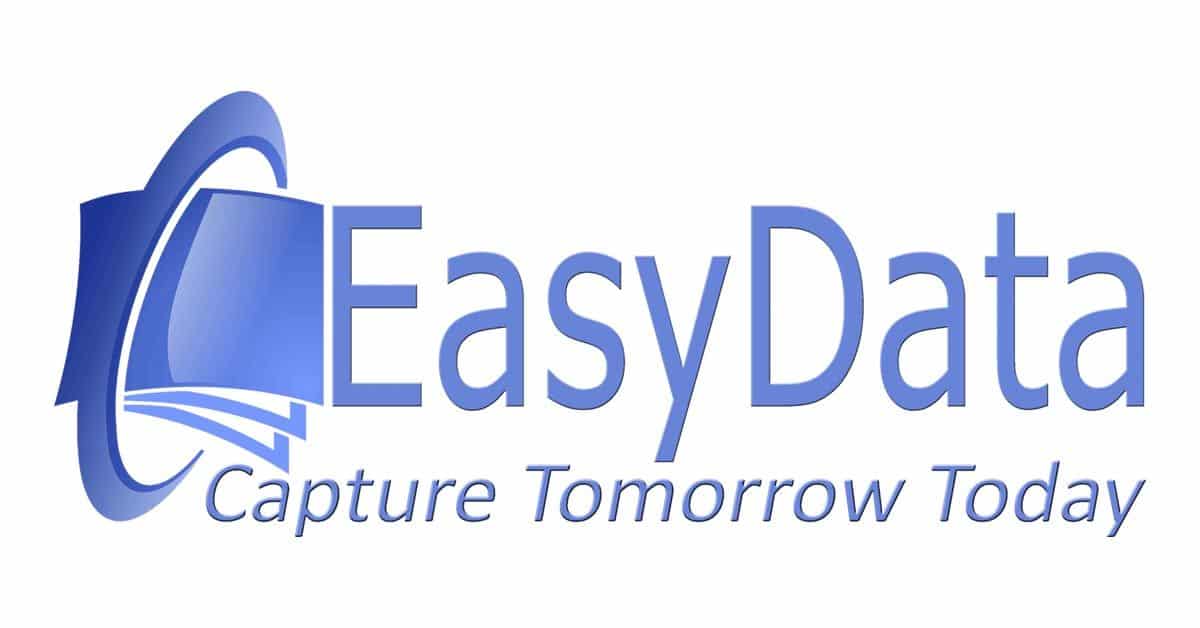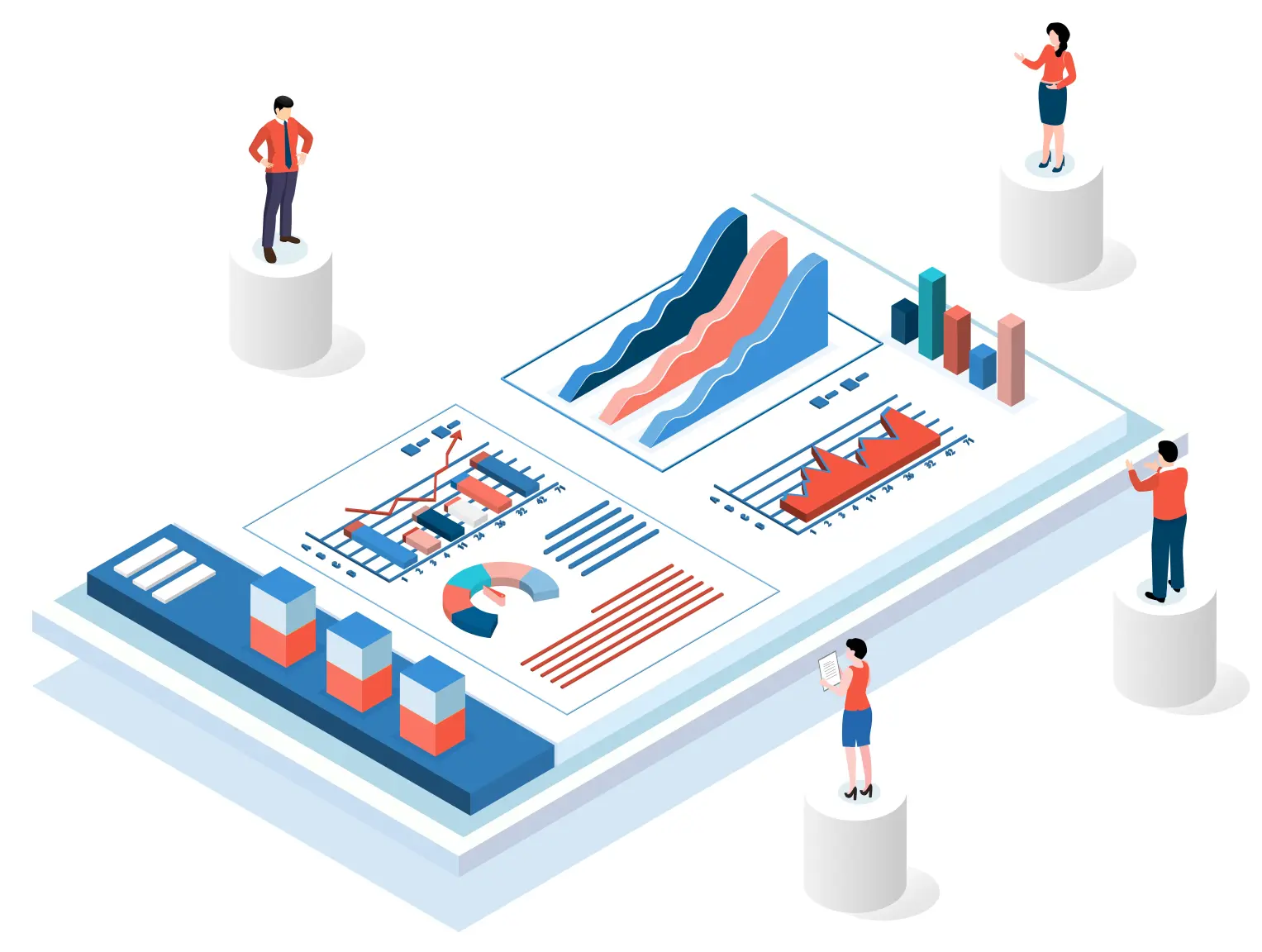Data Analysis leads to better business decisions

What is Data Analysis?
Data analysis starts with carefully examining and making sense of the information you have. Ideally, this data must be collected with a clear purpose in mind—what do you want to achieve?
To get solid results from your data project, the first step is defining your goal. What’s the ultimate outcome you’re aiming for with this analysis?
With that goal in mind, you begin exploring and gathering raw data to build your dataset.
So, data analysis always starts with thorough groundwork. During this prep phase, you sharpen the focus of your research—why are you doing this, and what answers are you looking for?
In short: Know your “why,” gather the right data, then dig in!
Getting Started with Raw Data Analysis
Raw data can come from anywhere, but to keep things practical, let’s focus on data that’s ready for text conversion. In this example, your data extraction project needs digitally readable text to work with—otherwise, you won’t get far.
Where to Find Useful Data
First, look at the databases your organization already uses. These databases contain records that could be perfect for your analysis. When you pull this data out in an organized way, voilà—you’ve got yourself a dataset.
Databases vs. Datasets – No Jargon, Just Basics
Don’t let the word “database” intimidate you. In reality, every software app your company uses has one—it’s just an organized storage system for information. This internal data is **gold** for your analysis.
Here’s the simple truth:
– A dataset is simply a structured collection of data focused on one topic.
– Your app’s database can become that dataset, if you extract the right info the right way.
Bottom line:
Start with the data you already have. Organize it. Then let the analysis begin!

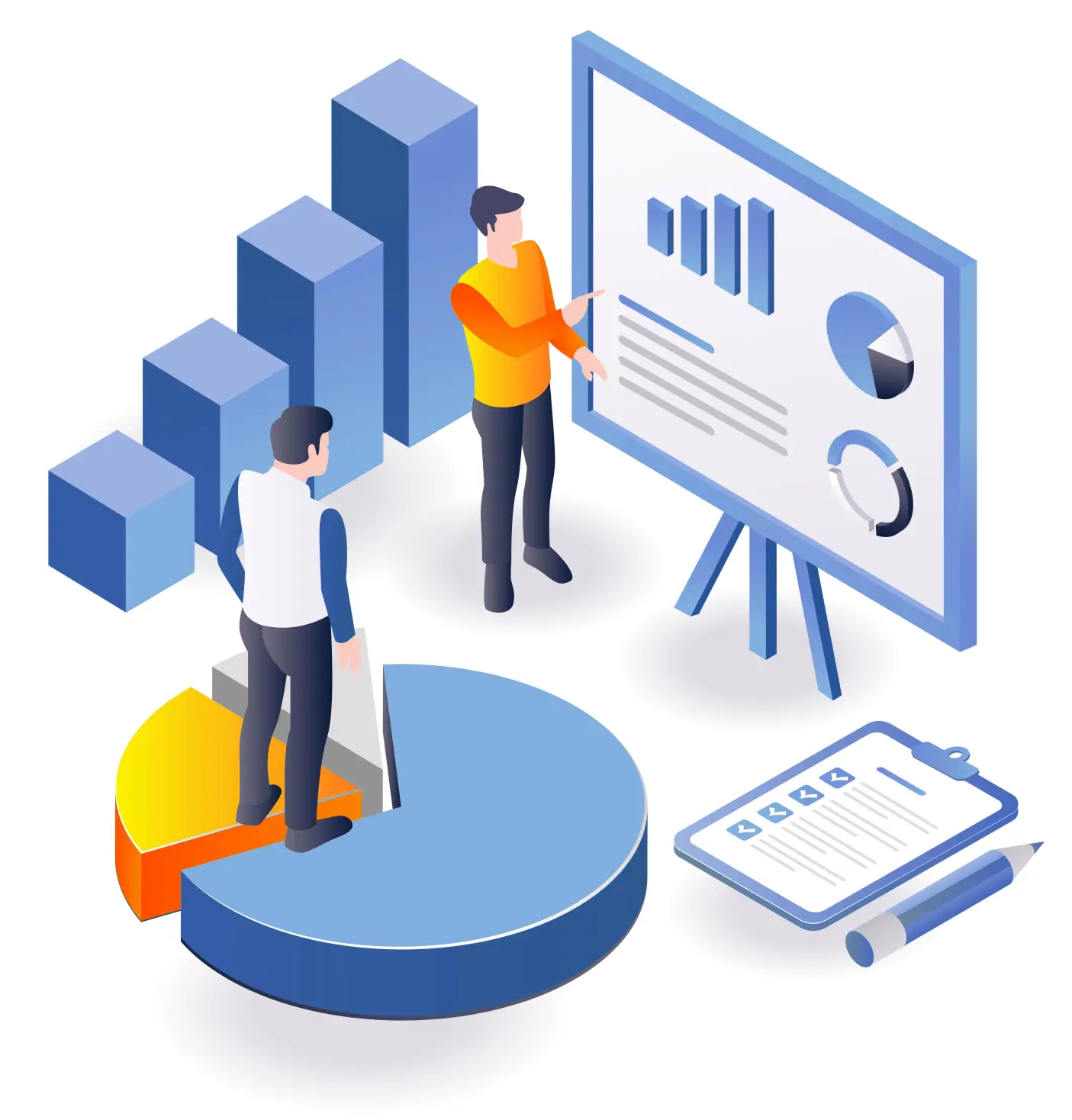
Data Analysis: Make Sure You Don’t Miss a Thing
Occasionally, you won’t find all the data you need in your own company’s databases. That’s where ‘external data sources’ come in. Think of text documents like shipping labels, invoices, purchase orders, technical drawings—or even detailed records from something as vast as a newspaper archive! At EasyData, we specialize in extracting precise data from *any* text, no matter the source.
Let Data Capture Do the Heavy Lifting
We bundle all text-based data extraction under what we call ‘traditional Data Capture’.
This will work well whether your documents are scanned with a professional scanner or snapped as quick pics with a smartphone.
The EasyData difference?
We turn messy, real-world content into clean, usable data—automatically.
Your data analysis project has no limits!
Let your creativity run wild. Define your goals and what tools you’ll need—without putting up artificial barriers first. Focus on what you truly require making your data project work. Once that’s clear, then we’ll look at execution and costs.
Don’t assume upfront that creating a usable dataset through data capture has to be expensive. Think big first—we’ll handle the ‘how’ together.“
Data Capture in Real Life
Here’s the thing: What might seem like a big challenge for you is actually routine work for EasyData. That means we can deliver a solution so cost-effective, it barely makes a dent in your overall project budget.
When you define your data extraction goals, you’ll naturally start seeing opportunities to cut costs. That’s when you can set a budget that perfectly balances what you need with what you’ll save—tailored to make your data project a smart investment.
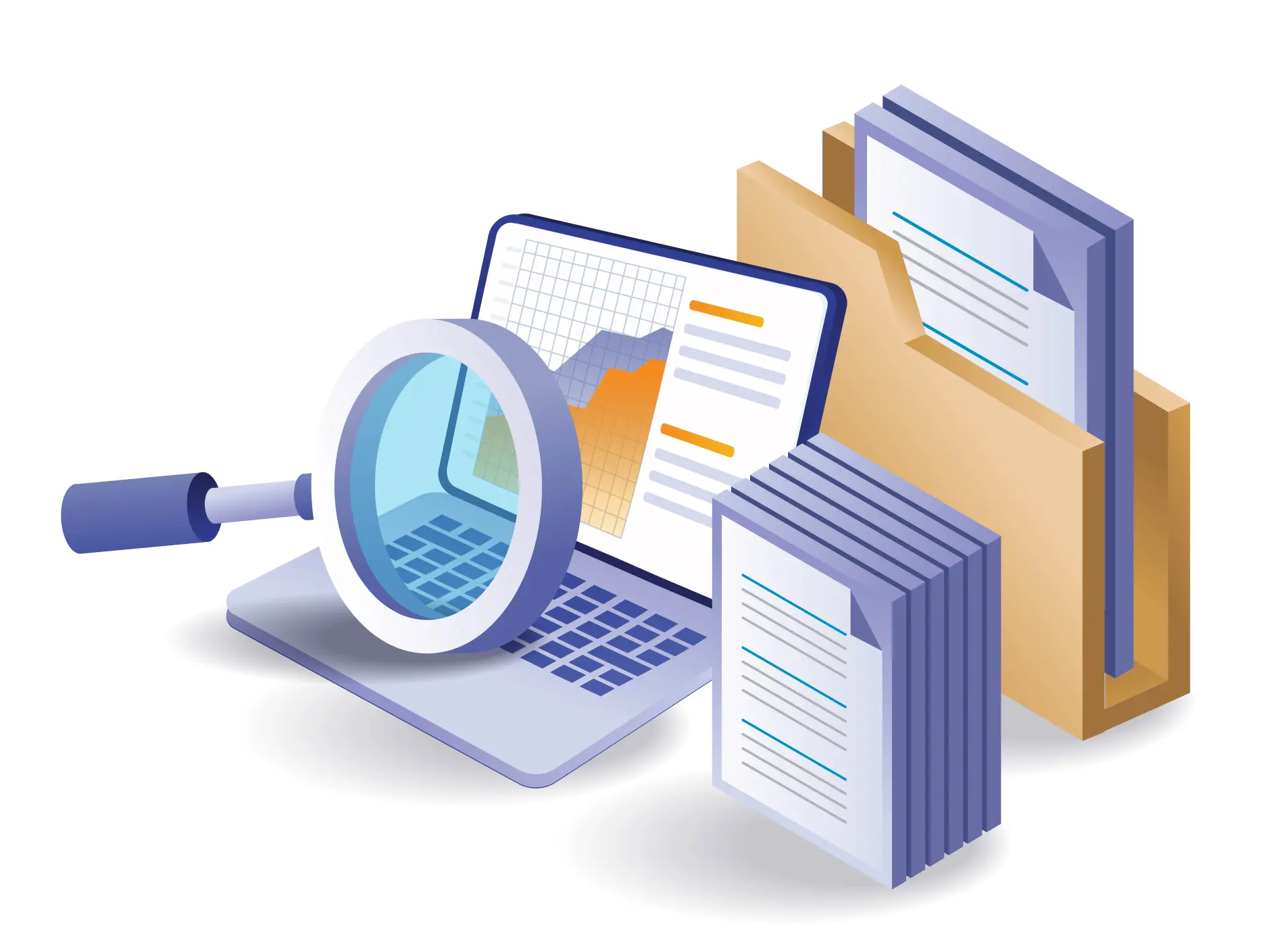

Thinking Outside the Box with Datasets
When building your dataset, don’t limit yourself—get creative! Publicly available data can be a goldmine. EasyData keeps a handy list of open datasets that, while created for other purposes, might be *accurately* what your project needs.
And why stop at one dataset? Combining multiple sources, each with their own unique data, can give you richer insights and better answers to your analysis questions.
From Speech to Data: Unlock Hidden Value
More and more, we’re asked to transform *spoken words* into usable data. Take your support team’s call recordings—when transcribed, they become more than just chatbot fuel. This raw communication holds insights waiting to be analyzed.
But don’t just think about support calls, there is much more possible:
– Sales conversations
– Customer interviews
– Service consultations
All can become powerful datasets that drive decisions.
Your team’s everyday talks? That’s data in disguise!
Beyond the Basics of Data Analysis
So far, we’ve covered the groundwork—how to prepare and use data to get results. But what we *haven’t* discussed yet is the *human* side of things. Until now, it’s been all about the technology.
Yet, data analysis is, at its core, a deeply *human* science. The technology? It’s just a tool, a way to uncover the insights you need. Sure, you might use machine learning to sift through mountains of Big Data. But without “human judgment” and “common sense”, your data strategy won’t deliver the real value you’re after.
The Dutch Court of Audit and Data Analysis (De Algemene Rekenkamer)
We could dive much deeper into this topic, but that would go beyond our goal of giving you a solid introduction to “What is Data Analysis?”
If you are eager to learn more about effective data processing, refer to this guide from the ‘Netherlands Court of Audit’ (Algemene Rekenkamer). This handy booklet explains, from the Court of Audit’s perspective, how they structure their investigations.
Now, this might not directly apply to your exact situation. But it does give you a great look at how professionals, in this case, the Court of Audit—build a solid foundation for their research.
Key takeaway?
Even the best data tools need human expertise to make them truly useful.


Data Analysis, We Have Come This Far
Now that your preparations are organized, you naturally move into the execution phase of your data analysis project. What hasn’t been mentioned yet in this data analysis journey is your research approach. How will you analyze the data? There are two main groups of data analysis techniques to consider. You can conduct your research as a qualitative or quantitative model. The different data analysis models are easy to explain. Depending on your available data and project goals, you can select the most suitable research model.
Qualitative Data Analysis Research
Let’s first take a closer look at the qualitative data analysis research model. In general terms, qualitative data analysis means diving deep into the available data. To achieve the desired data quality that forms the basis of your analysis, you will study the content thoroughly. In this case, you often aren’t dealing with big data. Qualitative data analysis allows for better overview and control of the available data.
A qualitative data analysis is less suitable for drawing general conclusions. However, the results are usually more applicable to specific circumstances that were the basis of your research question. In short, qualitative analysis provides valuable insights that contribute significantly to understanding the why behind a problem or question that prompted your research.
Quantitative Research with Machine Learning
Quantitative research fits better with current trends like machine learning and AI-driven techniques. This approach makes it easier to work with large volumes of data. Quantitative research aims to uncover facts, and the results are usually expressed in numbers. Quantitative data helps calculate averages and identify broader trends for predictive purposes. By dividing data into percentages, you quickly get visual results that stakeholders can easily grasp. Extending this line of visual reporting, quantitative research is often presented in tables or graphs.
Data Analysis in a Nutshell
Modern data analysis techniques reveal insights about processes happening within and around your organization. They help you understand operations better and provide tools to predict and influence future events. Smart analysis improves decision-making and strengthens your organization.
Want to learn how to make data work smarter for your specific situation? Contact us for an informational chat. EasyData’s analysts will explore customized solutions tailored to your needs.
